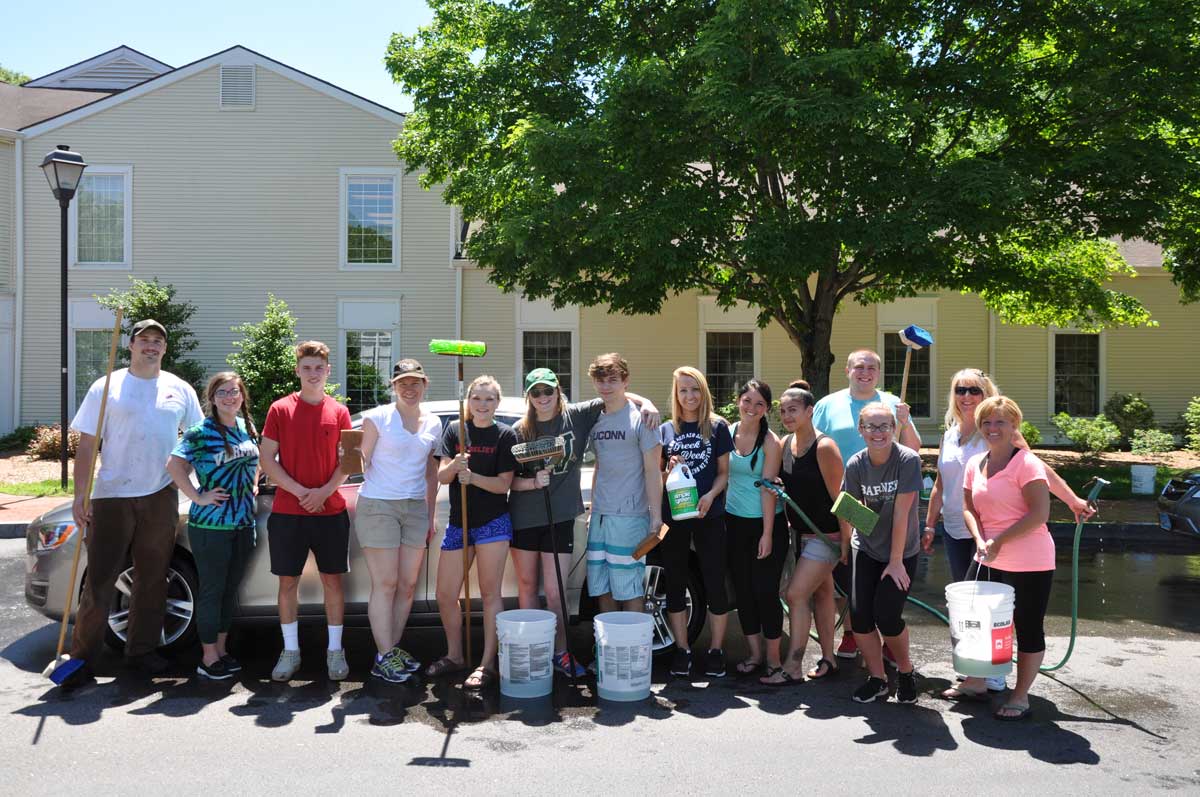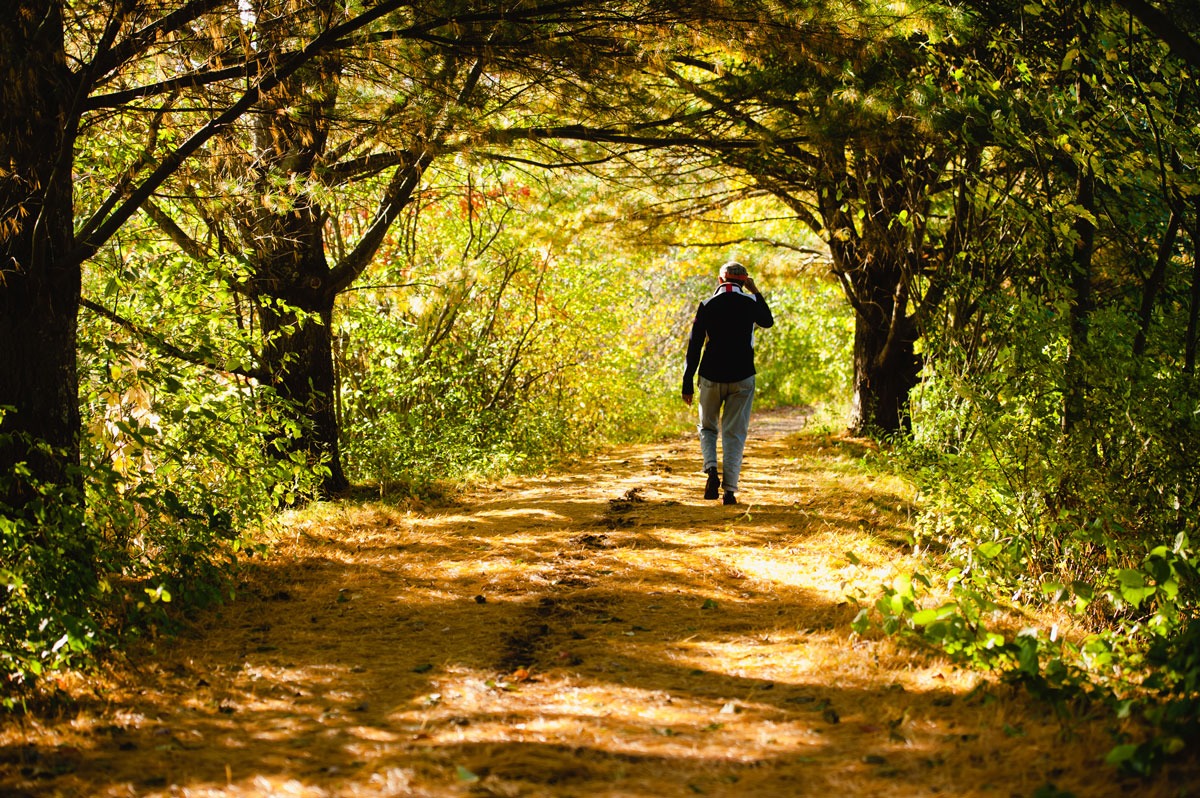Downsizing Checklist for Seniors
December 20, 2023
When you’re planning ahead for retirement, you may envision yourself living in a community that maintains your home for you, allowing you to spend your time enjoying everything the community has to offer. Part of this process will likely include downsizing from your current home.
Downsizing is a transformative process that takes time and thought but will ultimately leave you feeling refreshed from living clutter-free. To navigate this significant life change, this downsizing checklist for seniors will help you get started, stay on track, and put you on the path to living your best life in your retirement.
Another way to think about downsizing is “rightsizing,” or making your space the perfect fit for you. Rightsizing involves making intentional decisions about the size and functionality of living spaces, possessions, and overall lifestyle to optimize well-being.
What Are the Benefits of Rightsizing?
For older adults, rightsizing offers numerous benefits, including increased financial security by reducing housing costs and maintenance expenses, enhanced physical and emotional well-being through the creation of a more manageable living space, and an opportunity to foster a sense of community by relocating to environments that better support their current interests and social connections.
In essence, rightsizing empowers you to tailor your living situation to align with your evolving needs, promoting a more fulfilling and balanced lifestyle.
What Are the Steps in the Downsizing Checklist for Seniors?
This roadmap will simplify the transition to a more manageable and fulfilling living space. By taking a systematic approach, setting realistic goals, and enlisting support when needed, you can embark on this new chapter with confidence and excitement.
Downsizing is not just about letting go of belongings; it’s about creating a space that reflects your lifestyle, priorities, and aspirations for the future. Let’s take a look at the steps of this process:
1. Assess Your Current Situation
Before delving into the downsizing process, take a moment to thoroughly assess your present living situation.
Consider your needs, preferences, and any health considerations, including the potential for isolation in your new space. Evaluate your surroundings and identify items that are essential, as well as those holding sentimental value.
Understanding your requirements will guide you in making informed decisions throughout the downsizing journey.
2. Set Realistic Goals and Prioritize
Establishing realistic downsizing goals is crucial. Determine the size of your new living space and create a priority list for the items you wish to keep.
Consider the functionality and practicality of each item, focusing on essentials and cherished possessions. This step will guide you in making informed choices about what to bring with you, minimizing the risk of isol ation in your new environment.

3. Declutter Room by Room
To avoid isolation and ensure a smooth transition, break down the downsizing process into manageable steps.
- Begin decluttering one room at a time.
- Evaluate each item, categorizing them into keep, donate, sell, or discard piles.
- Be rigorous in your decisions, keeping in mind the space constraints of your new home.
This process can be emotionally challenging, so enlist the help of friends or family to combat any potential isolation during this phase.
4. Determine the Right Furniture
Consider the size and layout of your new home when deciding which furniture to bring along. Opt for multifunctional pieces that maximize space and serve multiple purposes.
If certain furniture items hold sentimental value but are too large, explore options such as downsizing or storing them to prevent feelings of isolation in your new, limited space.
5. Digitize Important Documents and Photos
To minimize physical clutter and address potential isolation, digitize important documents and photos.
Create digital copies of medical records, legal documents, and cherished photographs.
This not only saves space but also provides a convenient way to access important information when needed, reducing potential isolation during the moving process.
6. Plan for Keepsakes
Identify a designated space for keepsakes and sentimental items to ward off feelings of isolation in your new home.
Whether it’s a memory box, a small display shelf, or a dedicated corner, having a specific area for cherished possessions ensures you can surround yourself with meaningful memories without overwhelming your space.
7. Explore Selling and Donating Options
When downsizing, consider selling or donating items that are in good condition but no longer serve a purpose. This can include furniture, clothing, and household items. Explore online platforms and local charities, or organize a yard sale to connect with the community and minimize isolation during the downsizing process.
8. Hire Professional Help
Downsizing can be physically and emotionally challenging, potentially leading to feelings of isolation. Professional assistance can make the process smoother.
Consider hiring a downsizing expert, moving coordinator, or professional organizer specializing in senior transitions to alleviate stress and reduce any sense of isolation during this significant life change.

What Do You Gain When You Rightsize?
It’s perfectly normal to feel a range of emotions during the downsizing process. To help you stay motivated, think about everything you’re going to gain after you downsize.
Not only will you simplify your living space, but you’re going to be in a community where everything you need is at your doorstep.
You’ll be in a space that focuses on your unique needs and preferences, fostering a sense of belonging and connection. Amenities such as fitness centers, communal dining areas, and landscaped grounds become easily accessible, promoting an active and fulfilling lifestyle.
Downsizing allows residents to redirect time and energy towards enjoying their community without the burden of maintaining a larger home.
Services within these communities, such as housekeeping, maintenance, and transportation, further alleviate the stress of daily chores, enabling you to participate in a myriad of social events and activities.
From book clubs to fitness classes, cultural outings, and hobby groups, the diverse programming available encourages social interaction and the formation of meaningful connections with peers.
Moreover, downsizing often means proximity to on-site health care services, providing peace of mind and quick access to necessary medical assistance. This accessibility will enhance your overall well-being, allowing you to focus on enjoying your retirement years rather than dealing with the complexities of homeownership.
In essence, downsizing isn’t just about reducing square footage; it’s a gateway to a lifestyle that revolves around community engagement and personal enrichment.
Your community will become an extension of your home, offering a supportive environment where you can lead fulfilling lives surrounded by the amenities and activities that contribute to a vibrant and socially connected retirement experience.
Rightsize Your Life at Essex Meadows
Planning for retirement can set you up for an easy transition in the future. Get in touch with us by calling (860) 248-6371 to schedule a visit and explore our beautiful apartments and welcoming community.



